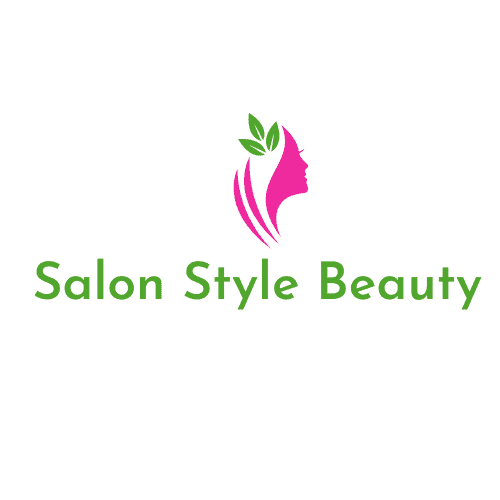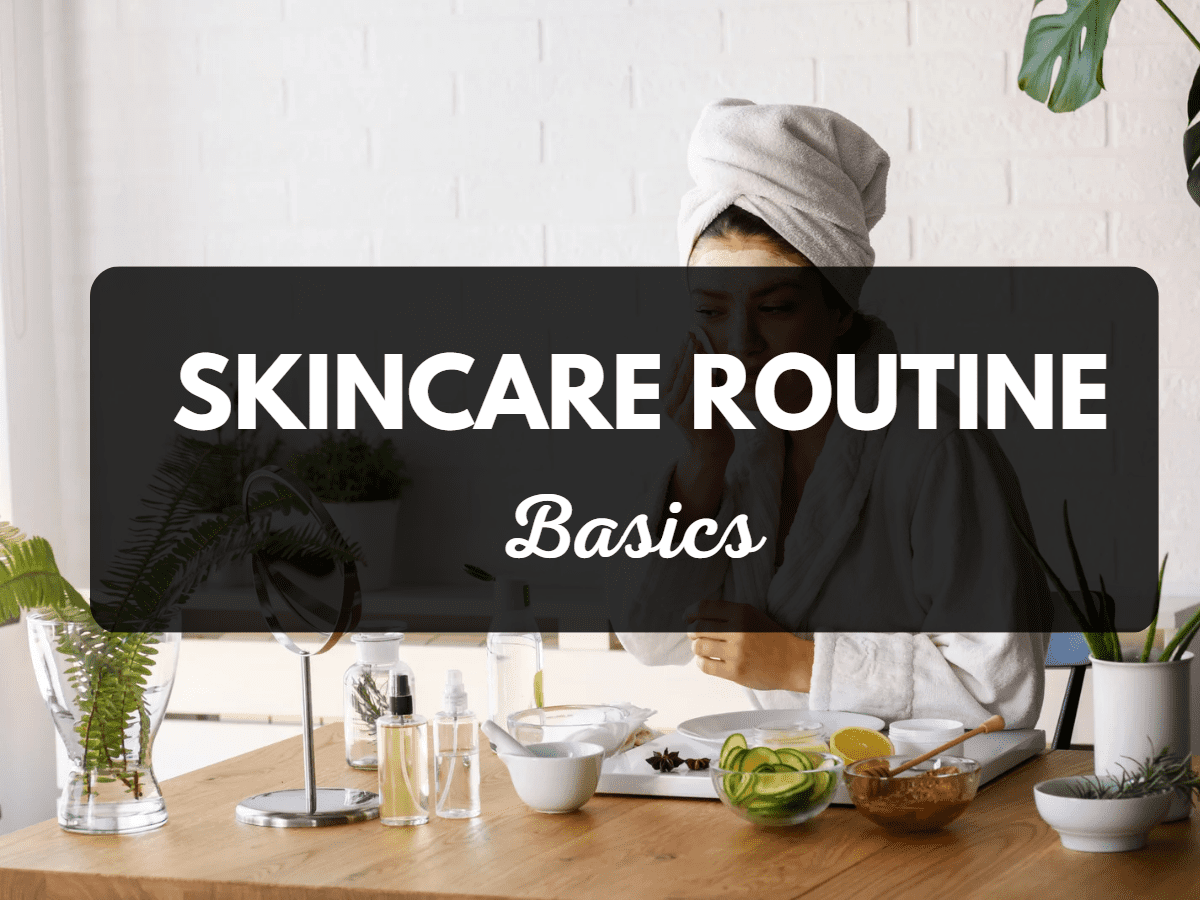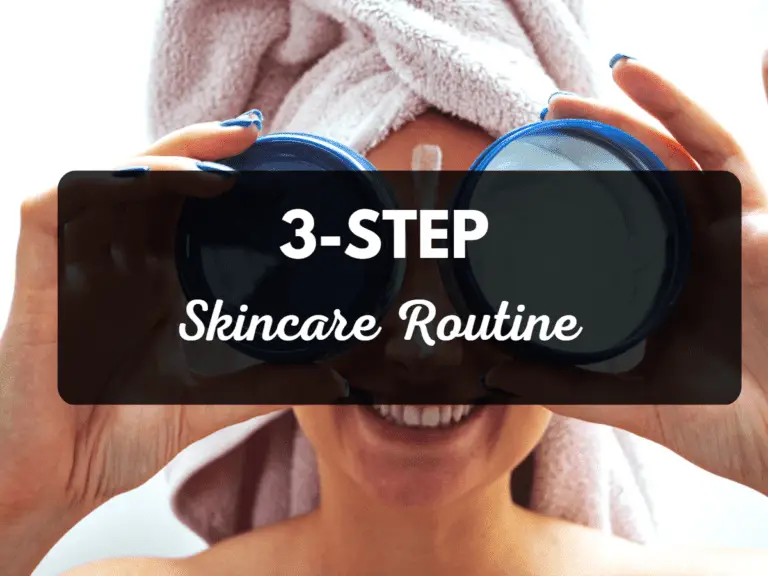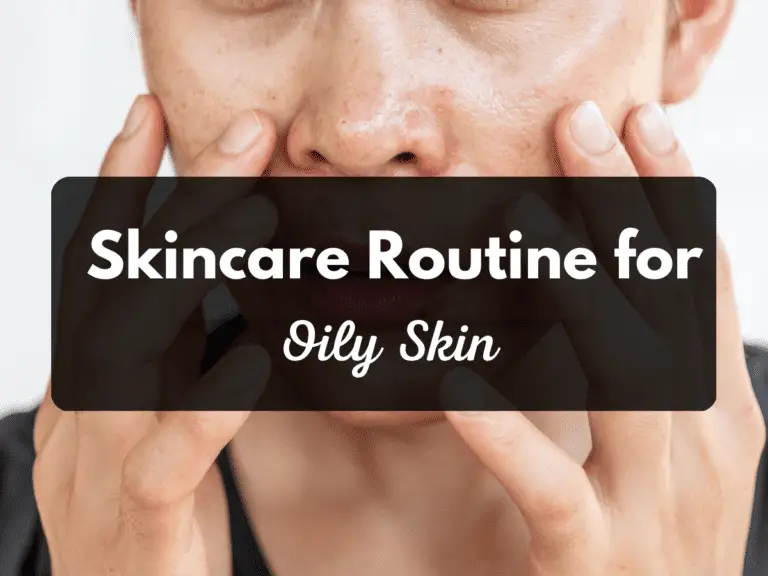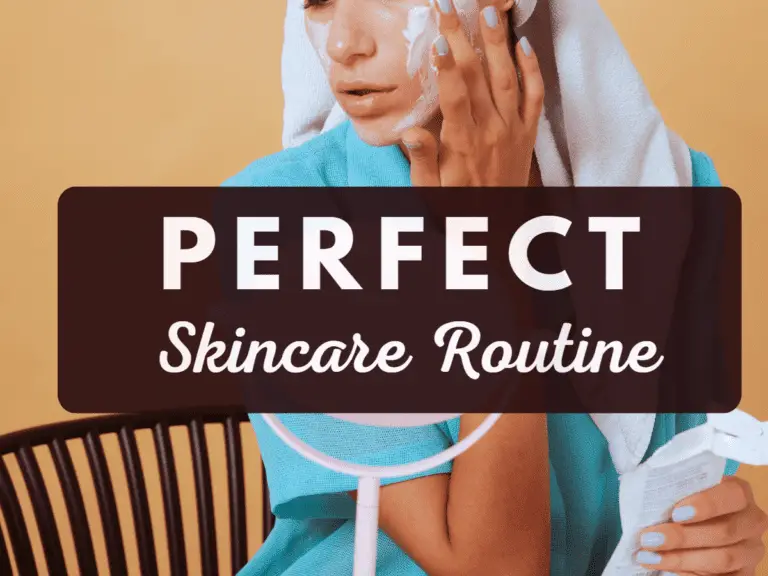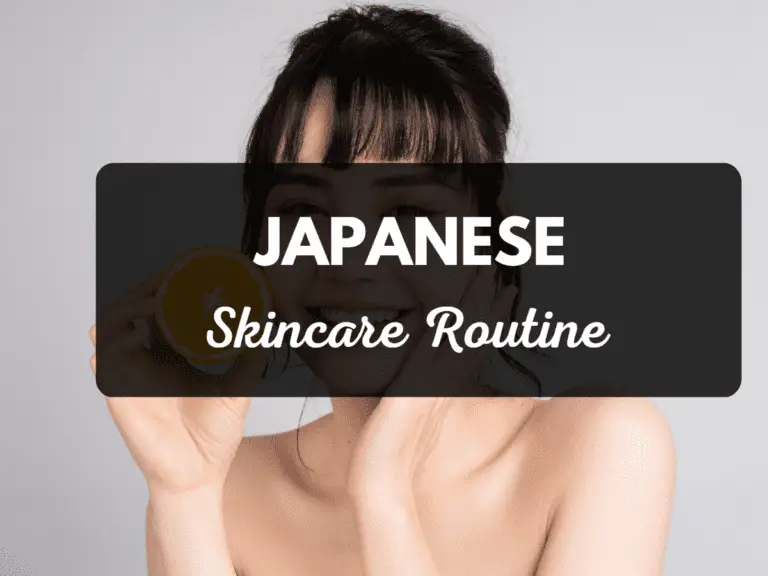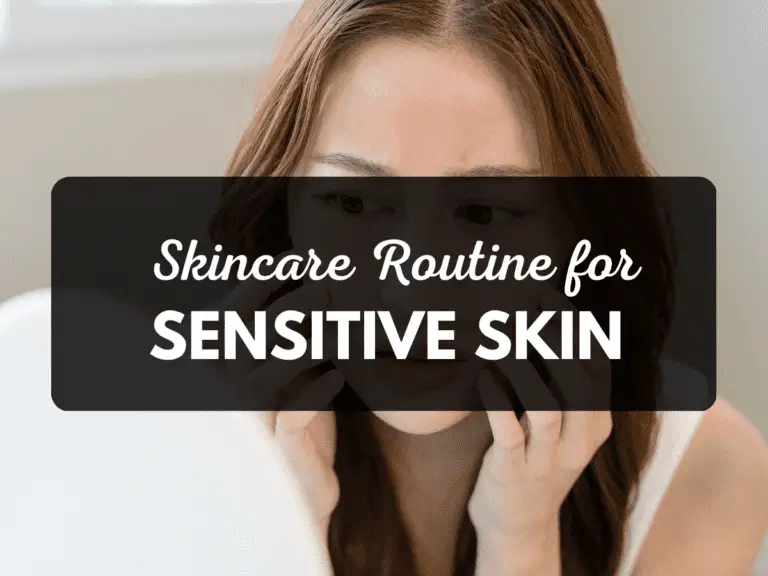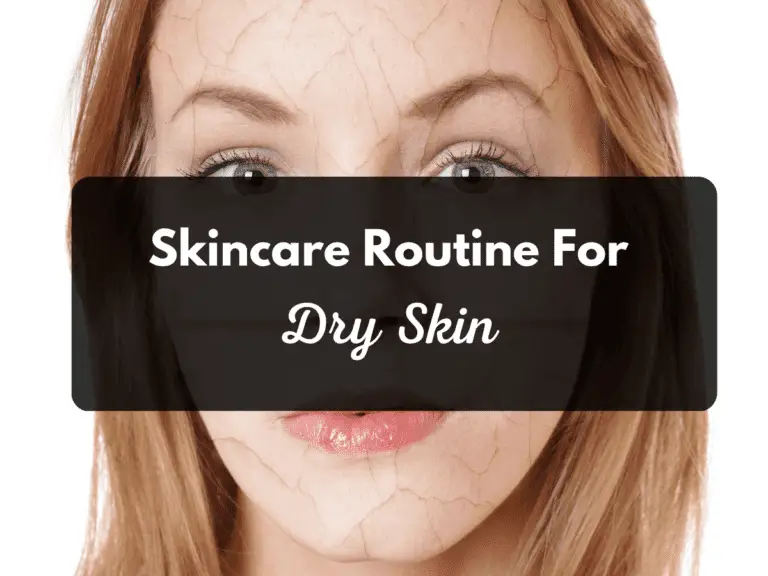Are you someone who washes your face with water and calls it a skincare routine?
Or do you have a shelf full of skincare products but no idea how to use them?
In this post, we’ll go through the basics of a daily skincare routine and how to build one for your skin type.
Let’s dive right in!
Why should I care about skincare?
Here are a few key reasons why you should care about skincare:
- Appearance: Your skin is your body’s largest and most visible organ. Healthy, glowing skin can improve your appearance and boost your self-confidence.
- Health: Your skin serves as a barrier between your body and the outside world, protecting you from harmful UV rays, pollutants, and bacteria. With a proper skincare routine, you can help maintain its integrity and function and protect your overall health.
- Aging: As you age, your skin naturally loses elasticity and firmness, leading to wrinkles, fine lines, and other signs of aging. A proper skincare routine can help slow aging and maintain a plump and youthful appearance.
- Comfort: Dry, itchy, or irritated skin can be uncomfortable. Keeping your skin hydrated and nourished can prevent these uncomfortable symptoms and maintain a comfortable, healthy complexion.
- Self-care: Skincare is a form of self-care that can help to reduce stress, boost your mood, and promote relaxation.
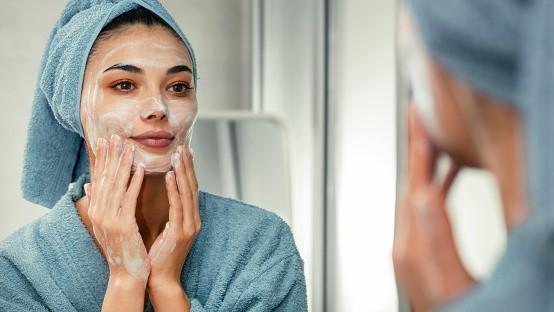
Skincare products list:
Here are some common skincare products that you may find in a typical skincare routine:
- Cleanser: A facial cleanser removes dirt, oil, and makeup from the skin.
- Toner: A toner is used after cleansing to hydrate and nourish the skin.
- Serum: A serum is a concentrated formula that contains active ingredients to target specific skin concerns, such as dark spots, fine lines, or acne.
- Moisturizer: A moisturizer hydrates the skin and prevents it from becoming dry and flaky.
- Eye Cream: An eye cream is formulated specifically for the skin around the eyes and is used to moisturize and reduce the appearance of fine lines and wrinkles.
- Sunscreen: Sunscreen is necessary to protect the skin from harmful UV rays.
- Sleeping masks: These are applied before bed and left on overnight to hydrate and nourish the skin.
- Exfoliant: An exfoliant removes dead skin cells and unclogs pores to reveal smoother, brighter-looking skin.
- Face Mask: A face mask provides additional skincare benefits such as deep cleansing, hydration, or exfoliation.
- Spot Treatment: A spot treatment targets specific areas of concern, such as acne or dark spots.
Remember that not all of these products are necessary for your skincare routine.
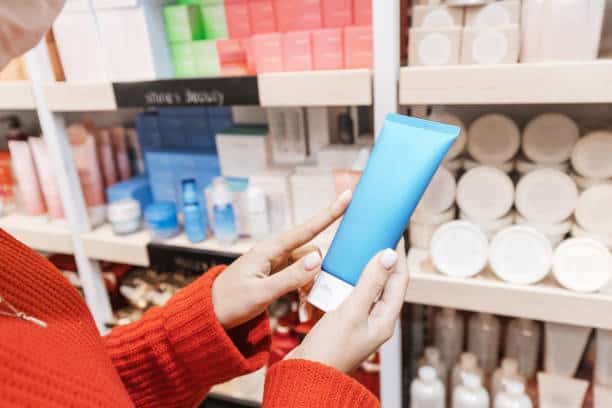
Additional skincare products:
- Face mist: A face mist is a refreshing spray that can be used throughout the day to hydrate and refresh the skin. You can also use it before or after the makeup application to help set or refresh the makeup.
- Essence: An essence is a lightweight, hydrating product used after cleansing and toning to provide extra hydration and nourishment to the skin. It can also help to improve skin texture and reduce fine lines and wrinkles.
- Day and night creams: Day creams are formulated to protect the skin from environmental stressors while providing hydration and nourishment. Night creams, however, are typically richer and more nourishing to help repair and regenerate the skin while you sleep.
- Facial oils: Facial oils are concentrated formulas that contain plant-based oils and can provide extra nourishment and hydration to the skin. They can also help to improve skin texture and reduce fine lines and wrinkles.
Daily skincare routine at home
Taking care of your skin doesn’t have to be a complicated process.
Here’s a simple daily skincare routine that you can do at home:
Step 1: Cleanse
Start by cleaning your face to remove any dirt, oil, or makeup accumulated throughout the day. Use a gentle cleanser or face wash suitable for your skin type. If you have dry skin, you may use a creamy cleanser, while those with oily skin prefer a foaming cleanser. Massage it onto your face and neck for about 30 seconds, then rinse with lukewarm water.
Step 2: Tone: (Optional)
After cleansing, you can use a toner to balance your skin’s pH levels and remove any leftover dirt or oil. Toners can also hydrate and soothe your skin. Swipe toner to a cotton pad across your face and neck.
Step 3: Serum (Optional)
Serums are lightweight and fast-absorbing. They can deliver a potent dose of active ingredients to your skin. Choose a serum addressing specific skin concerns, such as hyperpigmentation, fine lines, and wrinkles.
Step 4: Moisturize
Choose a moisturizer as per your skin type, whether dry, oily, or combination skin. Massage the moisturizer into your skin in upward circular motions.
Step 5: Sunscreen
Finally, Apply sunscreen to your face and neck. Remember to reapply throughout the day if you’ll be spending time outside.
Step 5: Lip care:
Your lips need care too! Use lip balm.
Remember, consistency is key to a perfect skincare routine. Stick to this daily routine, and you’ll be well on your way to healthy, glowing skin!
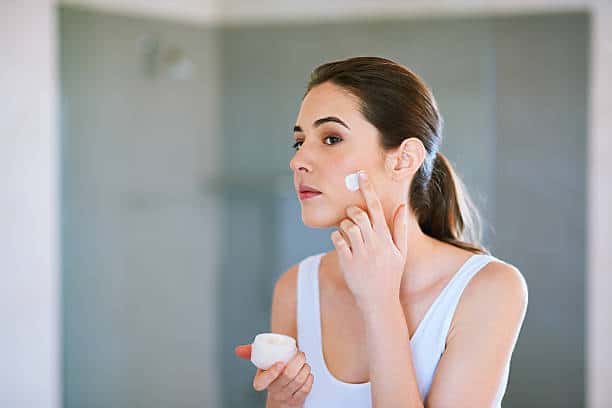
Additional Skincare Routine Steps:
- Double cleansing: It is a two-step method that uses an oil-based cleanser to remove makeup and sunscreen, followed by a water-based cleanser to clean the skin. This method removes all impurities, leaving you with clean and clear skin.
- Exfoliate: Use a gentle exfoliator and, if possible chemical exfoliator twice a week to remove dead skin cells.
- Eye Cream: Use an eye cream to reduce dark circles, fine lines, and wrinkles.
- Night cream: Before bed, apply a nourishing night cream to your face to help repair and hydrate your skin while you sleep. Night creams often contain ingredients like retinol, hyaluronic acid, and peptides that boost collagen production and reduce fine lines and wrinkles.
- Masks: Use a facial mask once a week to nourish and hydrate your skin or to target specific skin concerns like acne, dark spots, or hyperpigmentation.
- Sheet masks: Sheet masks are a fun and easy way to give your skin an extra boost of hydration and nutrients.
- Sleep mask: A sleep mask is a moisturizing treatment that you apply before bed and leaves on overnight. It helps to deeply hydrate and repair your skin while you sleep, leaving you with a glowing complexion in the morning.
- Facial Massage: Facial massage can help to increase circulation, reduce puffiness, and make your skin glow. You can use your hands or a facial roller to massage your skin in upward and outward motions.
- Facial oils: Facial oils are a great way to add extra hydration and nourishment to your skin. They can also help to improve the appearance of fine lines and wrinkles.
Besides this, you can also build a night and day skincare routine as per your specific skin concerns and goals.
How do I make sure everything in my skincare routine is safe?
- Check the ingredients: Look at the ingredients list on each product you use. Ensure no potentially harmful ingredients, like parabens, sulfates, or synthetic fragrances. If unsure about a particular ingredient, research or consult a dermatologist.
- Research the brand: Do some research on the brand of each product you use. Look for reviews, ratings, and certifications from reputable sources. Check if the brand is transparent about its ingredient sourcing and manufacturing processes.
- Patch test: Before using any new skincare product, do a patch test to make sure you’re not allergic or sensitive to any ingredients. You can apply a small amount of the product to the inside of the wrist or behind the ear and wait 24-48 hours to see if any reaction occurs.
- Avoid expired products: Check the expiration date on each product you use and ensure you’re not using anything that has expired. Expired products can be less effective and harmful to your skin.
- Be cautious with DIY products: If you’re making your own skincare products at home, consider the ingredients you use. Natural components can still be harmful if used in the wrong concentrations or combinations. Do your research and follow recipes from trusted sources.
- Follow instructions: Always follow the instructions on skin care products, including how often to use them and how much to apply. Overusing or misusing skincare products can cause irritation or other adverse reactions.
- Read reviews: Lastly, feel free to read reviews before purchasing a product. Other people’s experiences can be valuable in helping you find the right product for your skin.
- Talk to a professional: If you have concerns about the safety of your skincare routine, consider talking to a dermatologist or skincare professional. They can help you evaluate your current routine and recommend safe and effective products for your skin type and concerns.

How do I know which active ingredients are right for my skin?
- Do Your Research: It’s important to research and read reviews before incorporating new active ingredients into your skincare routine. Don’t blindly follow vloggers or influencers who don’t have professional skincare knowledge or expertise. A quick internet search can provide reliable information about ingredients, their benefits, and how they work.
- Please start with the lowest concentration: When introducing any new active ingredient to your skin, starting with a low concentration is best to avoid any potential irritation. This allows your skin to adjust to the new ingredient slowly.
- Always do a patch test: This will help determine whether the product suits your skin type and avoid potential allergic reactions.
- Avoid using too many active ingredients: Using too many active ingredients in your skincare routine can cause more harm than good. Choosing a few key ingredients that work well for your skin type and concerns is important. Overloading your skin with too many actives can lead to irritation, dryness, and even breakouts.
Should you invest in any special tools or skincare gadgets?
While investing in special tools or gadgets for your skincare routine is unnecessary, a few can be helpful.
Skincare tools you may want to consider:
- Facial hair trimmer: If you have facial hair that you want to trim, investing in a gentle facial hair trimmer can be helpful. These are designed to be gentle on your skin and won’t cause irritation or ingrown hairs.
- Facial steamers: Facial steamers can help to open up your pores and loosen up dirt and oil, making it easier to cleanse your skin. They can also help to improve circulation and hydrate your skin.
- Gua sha tool: It is a traditional Chinese tool that can help to boost lymphatic drainage, reduce inflammation, and improve circulation. It’s a gentle and relaxing tool for your face and neck.
- Face rollers: While jade rollers may not be necessary, using a face roller can be a great way to boost circulation and reduce puffiness. Look for a roller made of a gentle material like rose quartz, and use it to massage your face and neck.
Remember, you can achieve great results with just your hands and a few simple products. Investing in high-quality skincare products appropriate for your skin type and concerns is more important. And, as always, be cautious of any tools or gadgets that seem too harsh or aggressive – they can do more harm than good.
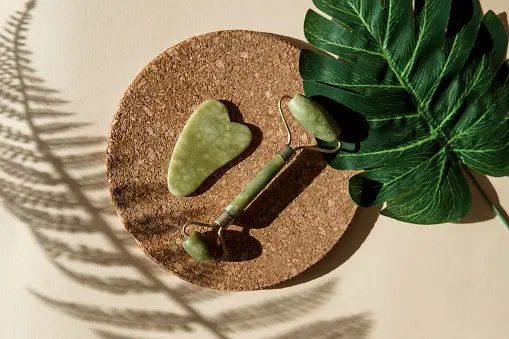
Skincare tools or gadgets to avoid
- Face brushes: Face brushes can be too harsh, especially if you’re sensitive or have acne-prone skin. Using a face brush may cause irritation and make your skin condition worse.
- Microneedling rollers: Microneedling rollers can help to promote collagen production and reduce fine lines and wrinkles. However, they can also be too harsh for some skin types, especially if you have sensitive skin. If you choose to use a microneedling roller, follow the instructions carefully and avoid using it too often.
- Dermaplaning blades: Dermaplaning blades can help to remove dead skin cells and peach fuzz from your face, but they can also be too harsh for some skin types. If you have sensitive or acne-prone skin, using a dermaplaning blade may cause irritation and worsen your skin condition.
- Face waxing kits: Waxing your face can be painful and irritating, especially if you have sensitive or acne-prone skin. It’s best to avoid using face waxing kits, especially if you are a beginner.
- Face shavers or epilators: While face shavers and epilators can help to remove unwanted hair from your face, they can also be too harsh for some skin types. If you have sensitive or acne-prone skin, using a face shaver or epilator may cause irritation and worsen your skin condition.
- LED light therapy: LED light therapy can improve your skin’s appearance and reduce the signs of aging. It’s best to leave this treatment to the professionals. LED light therapy can be expensive, time-consuming, and unsuitable for all skin types.
Basic Body Skincare :
Skincare is important, not just on your face but your entire body.
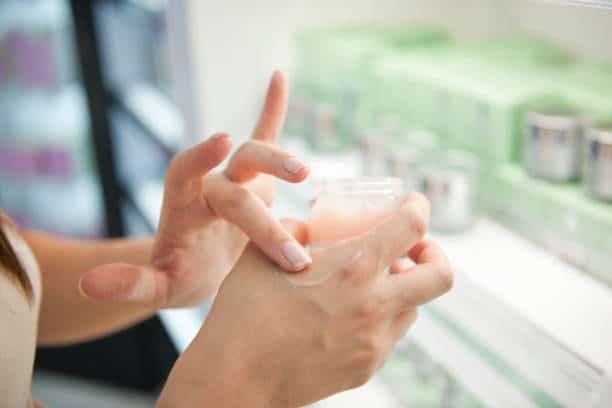
Here are some basic body skincare tips:
- Keep your skin clean: It’s important to shower or bathe regularly to keep your skin clean and free of dirt and bacteria. Use a gentle, moisturizing body wash.
- Exfoliate regularly: Exfoliating your body’s skin helps to remove dead skin cells. You can use a gentle body scrub or a dry brush to exfoliate your skin once or twice a week.
- Moisturize daily: Keeping your skin hydrated is key to maintaining healthy skin. After showering or bathing, apply a moisturizing body lotion or oil to your skin to keep it soft and supple.
- Protect your skin from the sun: Always use a broad-spectrum sunscreen lotion with an SPF of at least 30 or higher.
- Watch your diet: Eating a healthy, balanced diet nourishes your skin from the inside out. You can eat plenty of fruits and vegetables, lean protein, and healthy fats to support your skin’s health.
- Stay hydrated: You must drink at least 8 glasses of water daily, and more if you’re active or in a hot climate.
Key takeaway:
Keep your skincare routine simple, stick to the basics, and remember to cleanse, moisturize, and protect your skin from the sun. By following these key steps, you can achieve beautiful, healthy skin that looks and feels its best!
